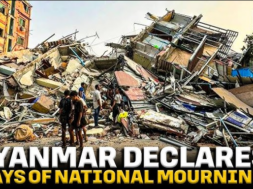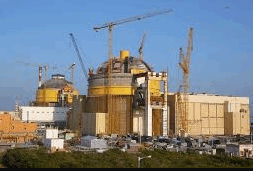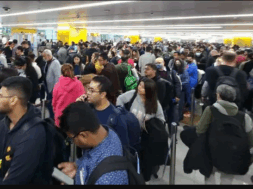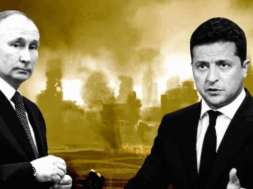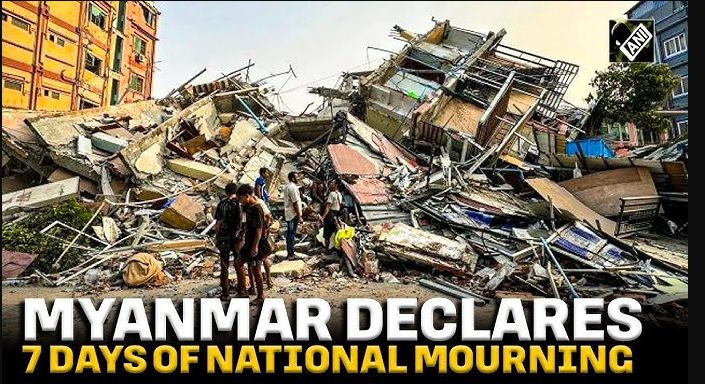
Week’s National Mourning Declared in Myanmar, Death Toll Crosses 2.000
NEW DELHI, Mar 31: Myanmar on Monday declared a week of national mourning as the death toll in the devastating earthquake crossed 2,000 mark and hopes of finding survivors in the rubble of collapsed buildings kept fading.
National flags will fly at half-mast until April 6 “in sympathy for the loss of life and damages” from Friday’s massive 7.7-magnitude quake, the ruling junta said in a statement.
The announcement came as the tempo and urgency of rescue efforts wound down in Mandalay, one of the worst-affected cities and the country’s second-largest, with more than 1.7 million inhabitants. “The situation is so dire that it’s hard to express what is happening,” said Aung Myint Hussein, chief administrator of Mandalay’s Sajja North mosque.
People camped out in the streets across Mandalay for a third successive night, either unable to return to ruined homes or nervous about the repeated aftershocks that rattled the city over the weekend. Some had tents but many, including young children, simply bedded down on blankets in the middle of the roads, trying to keep as far from buildings as possible for fear of falling masonry.
The junta said Monday the death toll has risen to 2,056, with more than 3,900 people injured and 270 still missing. But with communications down in much of Myanmar, the true scale of the disaster has yet to emerge and the death toll is likely to rise significantly. Three Chinese nationals are among the dead, China’s state media said, along with two French people, according to the foreign ministry in Paris.
Mandalay’s 1,000-bed general hospital has been evacuated, with hundreds of patients being treated outside. Patients lay on gurneys in the hospital car park, many with only a thin tarpaulin rigged up to shield them from the fierce tropical sun. Relatives did their best to comfort them, holding hands or waving bamboo fans over them.
“This is a very, very imperfect condition for everyone,” said one medic. “We’re trying to do what we can here. We are trying our best.” The sticky heat has exhausted rescue workers and accelerated body decomposition, which could complicate identification.
But traffic began returning to the streets of Mandalay on Monday, and restaurants and street vendors resumed work. Hundreds of Muslims gathered outside a destroyed mosque in the city for the first prayer of Eid al-Fitr.
International aid and rescue teams have been arriving after junta chief Min Aung Hlaing made an exceptionally rare appeal for foreign assistance. In the past, isolated Myanmar’s ruling generals have shunned foreign assistance, even after major natural disasters.
Junta spokesman Zaw Min Tun thanked key allies China and Russia for their help, as well as India, and said the authorities were doing their best. “We are trying and giving treatment to injured people and searching for missing ones,” he told journalists.
But reports have emerged of the military carrying out air strikes on armed groups opposed to its rule, even as Myanmar grapples with the quake’s aftermath. One ethnic minority armed group said that seven of its fighters were killed in an aerial attack soon after the quake, and there were reports of more air strikes on Monday. Myanmar’s raging civil war, pitting the military against a complex array of anti-coup fighters and ethnic minority armed groups, has displaced around 3.5 million people.
(Manas Dasgupta)
